Mysteries and Charms of Valladolid: A Journey to the Heart of Yucatán
Yucatán, Valladolid stands out as one of Mexico’s most fascinating Magical Towns. This charming place is known for its rich history, colonial architecture, intriguing legends, and significant religious events. Here are a few curious facts that reveal the beauty and mystery of this wonderful destination.
The Legend of Cenote Zací
In the heart of Valladolid lies Cenote Zací, a name that evokes a tragic and romantic legend. During the pre-Hispanic era, in the city of Zací, two powerful families, the Cupules and the Cocomes, were fighting for dominance. Sac-Nicte, the granddaughter of a healer, and Hul-Kin, the chief’s son, fell in love despite their families’ rivalry. Their forbidden love ended in tragedy when Sac-Nicte, pregnant and desolate after hearing about Hul-Kin’s marriage to someone else, threw herself into the cenote. Upon learning of her death, Hul-Kin decided to join her. It is said that the cenote claims a life each year in honor of their eternal love.
The Church of San Servacio
The imposing Church of San Servacio, built in 1545, has witnessed many historical events. Initially, its facade faced west. However, in 1705, an incident known as “The Crime of the Mayors” led to its demolition and subsequent reconstruction, with the main entrance now facing north. This church is a symbol of Valladolid’s history and resilience.
The Walk of the Friars
Valladolid comes alive with the Walk of the Friars every Friday and Saturday night. Starting at 8:30 PM, this procession recreates the atmosphere of bygone days. Men dressed in Franciscan robes carry incense and candles, inviting visitors to join the walk that connects the main square with the Ex Convent of San Bernardino de Siena. This walk is an experience that transports participants through time and history.
The Ex Convent of San Bernardino de Siena
Founded in 1552 by the Franciscans, the Ex Convent of San Bernardino de Siena is a testament to the historical and cultural legacy of Yucatán. Its hydraulic wheel, completed in 1613, is a marvel of ancient engineering. Over the centuries, the convent has withstood numerous challenges, including the Caste War. In 1978, Father Andrés Lizama Ruiz led its restoration, revealing centuries-old paintings. Today, the convent is a living symbol of the history and culture of Valladolid.

Confidant Chairs
The iconic confidant chairs, found in the parks of Valladolid, have an exciting history. Designed by a jealous father to keep his daughter and her suitor at a comfortable distance, these chairs allow couples to have eye-to-eye conversations without getting too close physically. Introduced in 1915 by Governor Salvador Alvarado, these chairs have become a symbol of love that is closely watched and controlled yet equally passionate.
A Feast of Yucatecan Traditions
The cuisine of Valladolid reflects the blend of pre-Hispanic heritage and European influence. Among the most emblematic dishes are:
- Puchero (a stew made from broth obtained by cooking beef, pork, and chicken, along with bacon, salted bones, and vegetables like chickpeas and potatoes)
- Relleno blanco (preparation made with turkey or hen stuffed with minced pork, drenched in white sauce or kool and tomato sauce)
- Papak-tsul (corn tortillas filled with hard-boiled eggs, like tacos, and drenched in a green pumpkin seed sauce and tomato sauce with habanero chili)
- Escabeche negro (oriental escabeche, a dish that consists of chicken or turkey marinated in a sauce made from cilantro, cinnamon, vinegar, cumin, salt, pepper, and garlic)
- Cochinita pibil (a stew from Yucatán cuisine, made with pork marinated in achiote, wrapped in banana leaves, and cooked in an underground oven using a pre-Hispanic technique known as píib)
- Chicken or hen tamales (made with chicken mixed into corn dough and served with a green sauce made from chiles and epazote)
- Lime soup (a light broth made with turkey or chicken, seasoned with various spices like oregano, cloves, and cumin (among others), prominently featuring a local Yucatecan citrus known as sour lime)
- Poc chuc (sliced pork, preferably loin marinated in sour orange, garlic, and pepper, which is grilled over charcoal, on a griddle, or barbecue)
- Valladolid sausage (this smoked pork sausage with achiote is common in the Valladolid area of the Yucatan Peninsula)
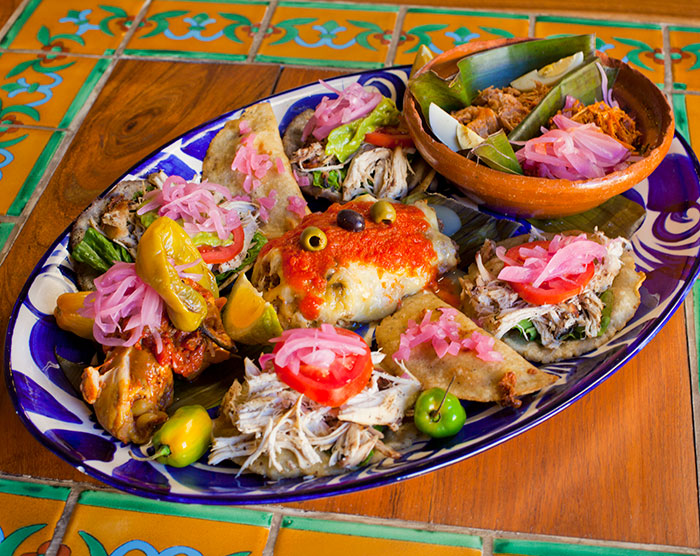
In addition to the main dishes, Valladolid offers a variety of traditional desserts and snacks, such as egg balls, zapotitos, coconut sweets, alfeñiques, and anise candies. These delicacies can be enjoyed in local eateries, restaurants, and markets.
The “La Mestiza” Fountain
In Francisco Cantón Park, the “La Mestiza” fountain pays tribute to the cultural heritage of Yucatecan women. Sculpted in 1924 by Manuel Cachón Cimá, the fountain represents the terno, the traditional outfit of the region. Although the current sculpture is a replica, it remains an emblem of Valladolid, celebrating the rich mestizo identity of the area.
Now that you’ve uncovered some of the secrets and charms of Valladolid, we invite you to experience it firsthand. As a member of México Destination Club, we recommend you take advantage of the tour to Chichen Itza, on your next visit to enjoy the excellent food offered by “La Casona de Valladolid” and explore this fascinating place. Immerse yourself in its rich history and let yourself be captivated by the beauty and mystique of its corners.
Get ready for an unforgettable adventure in Valladolid and discover why it is one of Yucatán’s most cherished treasures!




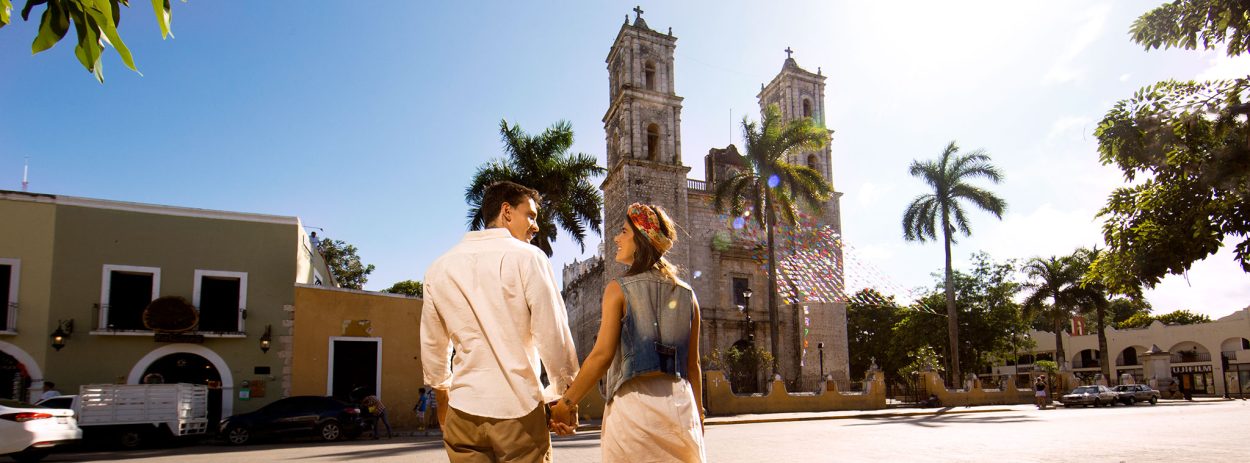






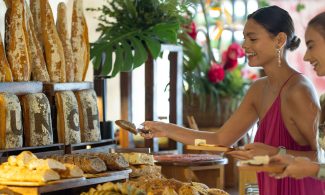
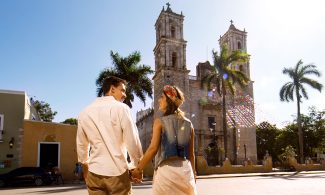

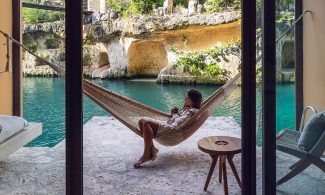
Leave comment